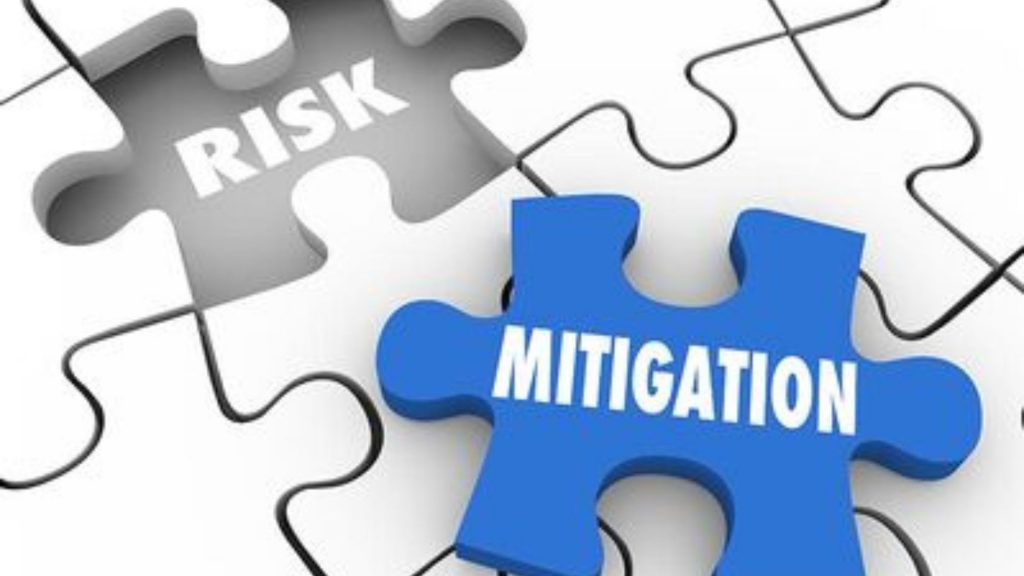Course Progress Bar
0% Complete
0/101 Steps
Course Navigation
Developing a risk mitigation plan
Developing a comprehensive risk mitigation plan is a critical component of effective risk management. This plan outlines the strategies and actions that will be taken to reduce the likelihood and impact of identified risks. Here is a step-by-step guide to developing a risk mitigation plan:

1. Identify Risks:
- Begin by identifying and documenting all potential risks relevant to your project, operation, or initiative. Engage stakeholders, subject matter experts, and use historical data or risk assessment tools to uncover risks.
2. Prioritize Risks:
- Assess and prioritize the identified risks based on their severity, likelihood, and potential impact. Consider using a risk matrix or similar tool to categorize risks.
3. Define Objectives:
- Clearly define the objectives of your risk mitigation plan. What do you aim to achieve through risk mitigation? This could include reducing the likelihood of high-impact risks or minimizing the impact of likely risks.
4. Establish Risk Tolerance:
- Determine the organization’s risk tolerance or risk acceptance criteria. This helps in deciding which risks require mitigation efforts and which can be accepted.
5. Develop Mitigation Strategies:
- For each high-priority risk, develop specific mitigation strategies and actions. These strategies can include avoidance, reduction, transfer, acceptance, or a combination of these. Ensure that each strategy is realistic and achievable.
6. Assign Responsibility:
- Clearly assign responsibility for implementing each mitigation strategy. Identify who will be responsible for carrying out each action and make sure they have the necessary resources and authority.
7. Set Timelines:
- Establish deadlines for each mitigation action. Having a timeline ensures that actions are completed in a timely manner and that risks are addressed proactively.
8. Allocate Resources:
- Determine the resources (e.g., personnel, budget, equipment) required for implementing the mitigation strategies. Ensure that the necessary resources are allocated.
9. Develop Contingency Plans:
